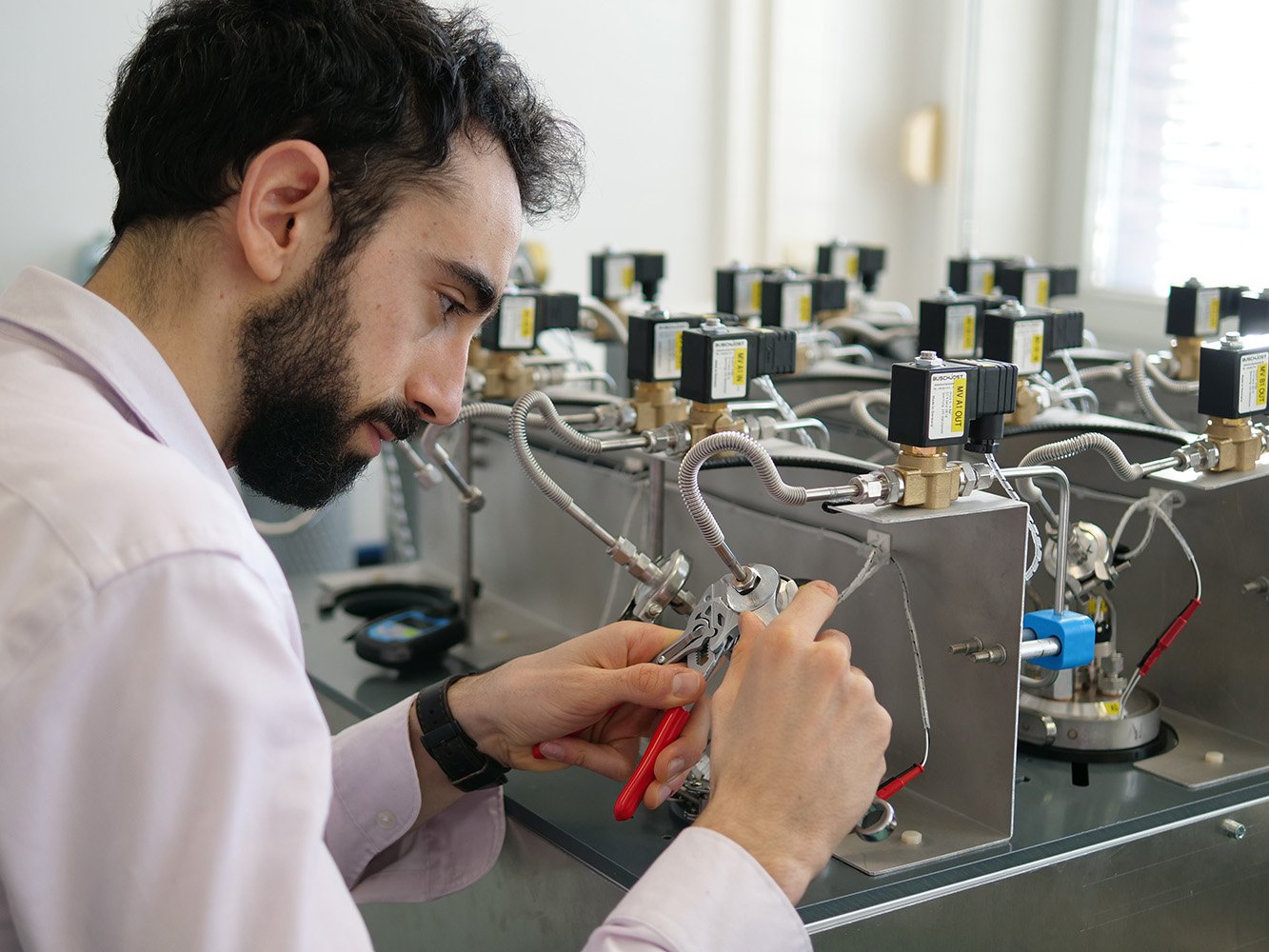
If we could live on Mars, “StarCrete” could be used to build homes there. University of Manchester scientists have created this new material, which is made from extra-terrestrial dust, potato starch, and a pinch of salt that could be used, at least in prinicple, to edify living units on the Red Planet.
In a press release, the institution explained that building infrastructure in space is currently prohibitively expensive and difficult to achieve. Future space construction will need to rely on simple materials that are easily available to astronauts. StarCrete offers one possible solution. The scientists behind the invention used simulated Martian soil mixed with potato starch and a pinch of salt to create the material that is twice as strong as ordinary concrete and is perfectly suited for construction work in extra-terrestrial environments.
Better, less invasive components
In an article, the research team demonstrated that ordinary potato starch can act as a binder when mixed with simulated Mars dust to produce a concrete-like material. Starcrete made from moon dust was even stronger.
This work improves on previous research from the same team where they used astronauts’ blood and urine as a binding agent. While the resulting material had a compressive strength of around 40 MPa, which is better than normal concrete, the process had the drawback of requiring blood on a regular basis. When operating in an environment as hostile as space, this option was less feasible than using potato starch.
“Since we will be producing starch as food for astronauts, it made sense to look at that as a binding agent rather than human blood”, said University of Manchester research fellow Dr. Aled Roberts. “Also, current building technologies still need many years of development and require considerable energy and additional heavy processing equipment which all adds cost and complexity to a mission. StarCrete doesn’t need any of this and so it simplifies the mission and makes it cheaper and more feasible.” Besides that, astronauts probably don’t want to be living in houses made from scabs and urine.
The team calculate that a sack (25 Kg) of dehydrated potatoes (crisps) contain enough starch to produce almost half a tonne of StarCrete, which is equivalent to over 213 brick’s worth of material. For comparison, a 3-bedroom house takes roughly 7,500 bricks to build. Additionally, they discovered that a common salt, magnesium chloride, obtainable from the Martian surface or from the tears of astronauts, significantly improved the strength of StarCrete.

Next, sustainable steps
The next stages of this project are to translate StarCrete from the lab to application. Dr Roberts and his team have recently launched a start-up company, DeakinBio, to explore ways to improve StarCrete so that it could also be used in a terrestrial setting.
If used on earth, StarCrete could offer a greener alternative to traditional concrete. Cement and concrete account for about eight percent of global CO2 emissions as the process by which they are made requires very high firing temperatures and amounts of energy. StarCrete, on the other hand, can be made in an ordinary oven or microwave at normal ‘home baking’ temperatures, therefore offering reduced energy costs for production.
Selected for you!
Innovation Origins is the European platform for innovation news. In addition to the many reports from our own editors in 15 European countries, we select the most important press releases from reliable sources. This way you can stay up to date on what is happening in the world of innovation. Are you or do you know an organization that should not be missing from our list of selected sources? Then report to our editorial team.
